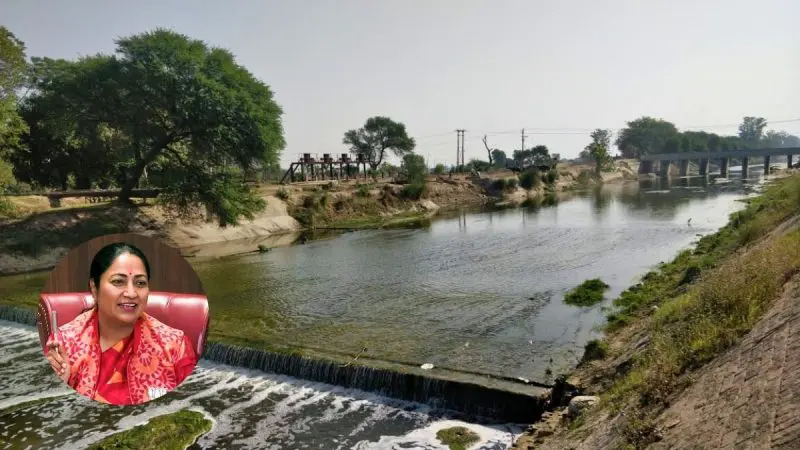Delhi’s new CM Rekha Gupta hails from Jind, Haryana. Her village is home to many ancient temples, a fort, and many other religious places but one thing that stands out is the legend that links it to the Pandavas from Mahabharata. Wondering what it is? Scroll on to learn more about it.
How Is Jind Village In Haryana Related To The Pandavas?
Jind is one of the oldest villages in Haryana. It is famous for being home to the Pindara of Pandu Pindara. According to a famous legend, the Pandavas offered ‘pinds’ of their forefathers and nearest relatives, who were killed during the Mahabharata war, here. Hence, came the name Pindara.
It is said that the Pandavas waited for ‘Somvati Amavasya’ (no moon Monday) for 12 years to offer the ‘pinds’ of their deceased family members. However, the celestial phenomenon did not take place and they left the place, cursing ‘Amavasya will repeat several times a year in Kalyug.
Now, on every Somvati Amavas, a fair is organised here and lakhs of people from all over India come to take part in it and offer ‘pinds’ for peace to the souls of their forefathers. This occasion is also called Som Tirath.
Also Read: Delhi-Amritsar-Katra Expressway’s Haryana Section Is Now Open For Transit Use; All About It
History & All You Need To Know About This Village In Haryana
According to Wikipedia, Jind in Haryana was named ‘Jayantapura’ by the Pandavas after their victory in the Mahabharata war. It is said that they worshipped Lord Indra, who is also called Jayant, before the war. The Pandavas also built the Jayanti Devi Temple to honour Jayanti Devi, the goddess of victory and daughter of Indra in the village. The temple is in the centre and the entire city was built around it. Later, it was renamed to Jind. They even lived there for 14 years in the wait for Somavati Amawasya.
Jind was a part of the Indus Valley Civilisation and even finds its mention in the Ain-i-Akbari as a ‘pargana’ under the Sarkar of Hisar. In 1775, Maharaja Gajpat Singh Sidhu built the Jind Fort. He is known for establishing an independent Sikh kingdom by seizing a large tract of the country with Sikh armed forces, which included the territory occupied by the present district of Jind from the Afghan governor Zain Khan in 1763. In 1775, Maharaja established Jind as the capital of the state.
Sangrur was chosen later as the capital of Jind State by Raja Sangat Singh. Post-independence, Jind State was merged with the Indian Union and the territory of the district became part of the Sangrur district of the Patiala and East Punjab States Union on July 15, 1948. It was later on November 1, 1966, that the Sangrur district was divided in two and the Jind and Narwana tehsils were merged to form the Jind district. This was one of the seven districts of the newly formed Haryana state.
Places To Visit In Jind
Owing to its rich cultural and historical background, there is a lot to see in Haryana’s Jind! Here are some places you should visit while you are in there-
1. Jayanti Devi Temple
2. Bhuteshwar Temple
3. Pandu Pindara
4. Dhamtan Sahib Gurudwara
5. Jind Fort
6. Rani Talab
7. Asvini Kumara Tirtha
Have you ever been to this part of Haryana? Let us know in the comments.
Cover Image Courtesy: X/gupta_rekha & Wikimedia Commons

